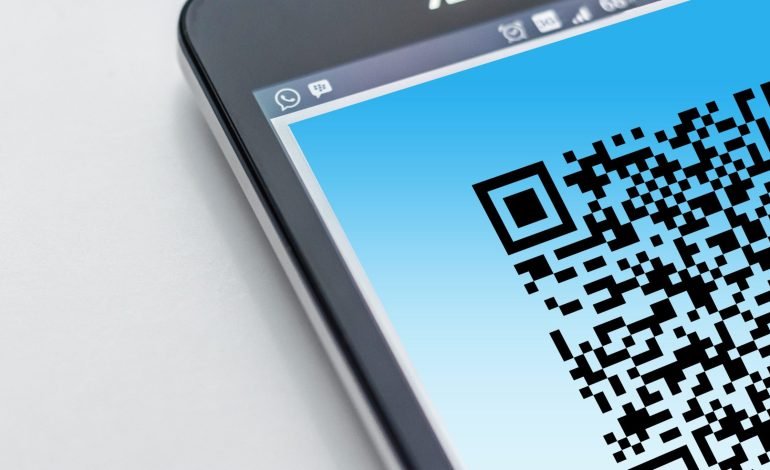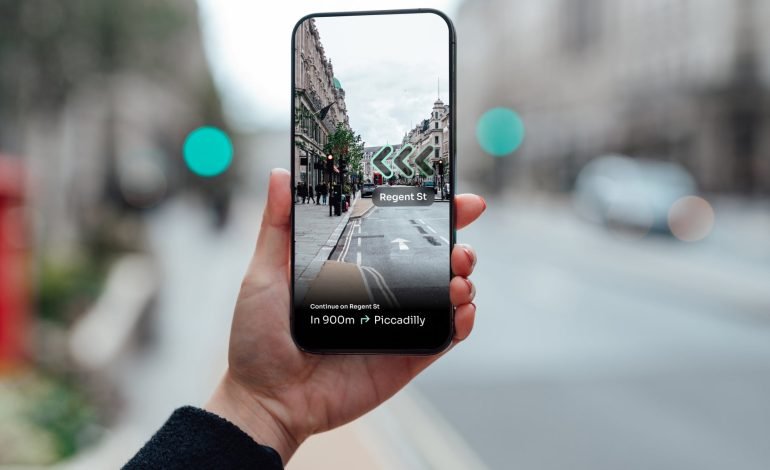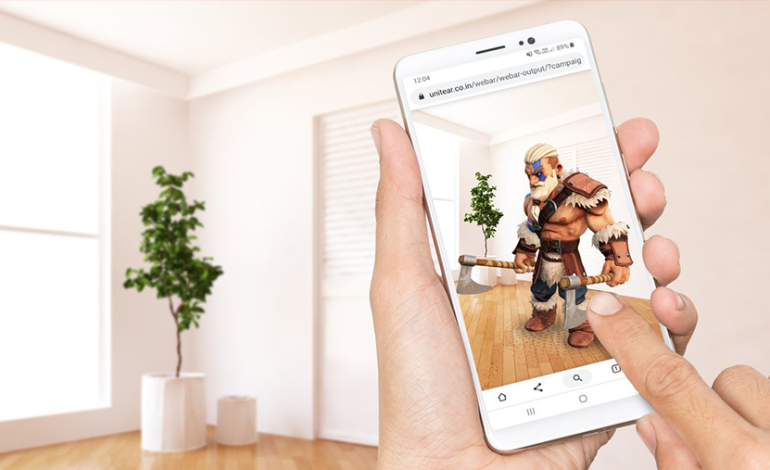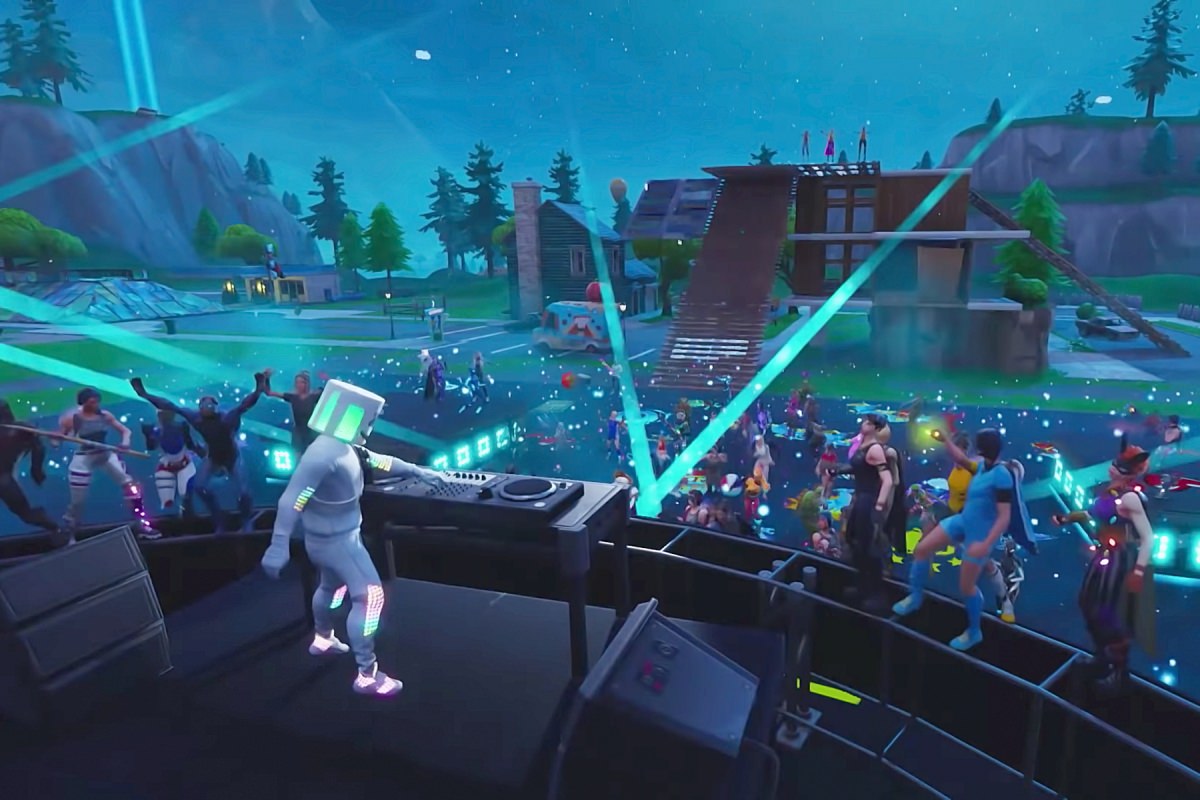Microsoft Tags – 2D Mobile Tagging Barcodes

I have been meaning to write about Microsoft Tags for a while and since yesterday I was on a rant about QR Codes, now is as a good a time as ever. Microsoft Tags and QR Codes are like peas in a pod. Both offer you dynamic links so you can update where the code points and both can give you rich stats enabling you to monitor the efficiency of your campaign and well track the geographic location of your visitors. So what’s so different about Microsoft Tags?
The first thing you notice about Tags is they are in color and more pleasing to the eye. The second thing about Tags and their ultimate plus point to advertisers is they are brandable.
When you generate a Tag, buried away in the options is the ability to use your own background. For the Tags background, you can use any image including your company’s logo. For example, both these Tags point to the Inaugment home page.
The main part of the Tag is the colored dots which can be overlaid on any image, if you’re a designer then the colored dots can be incorporated into the Tag design as the following examples show.
To create your own design, visit Microsoft.com/tags, create a Tag as normal, select ‘render’, choose a size over 1.250, select custom, and export as a ‘WMF’. Then depending on your software package, just drop the Tag over your background image. I used Powerpoint, just copy the image, set the transparency, and away you go.
I haven’t changed my mind about QR Codes, but it seems they may not be as dead as I thought. KissfishSue who commented yesterday runs a fashion site that prints QR Codes on clothing. (kissfish.jimdo.com). Google recently sent out over 100,000 QR Codes to businesses in the United States, these codes were to be placed in the store window which when scanned gives the user access to reviews and discounts for that store
It’s interesting what the future will hold for 2D mobile tagging barcodes. On one hand, you have Google, the king of advertisers who are backing a 15-year-old proven technology that hasn’t quite gained mass adoption, and Microsoft with a superior technology that enables companies to brand their tags.
Companies are using Microsoft Tags as part of their advertising campaigns as this example shows, but ultimately it will come down to user adoption and not the technology.
(The Microsoft Tag client is available on all mobile platforms)





